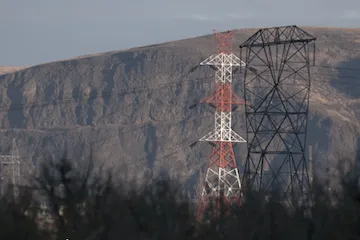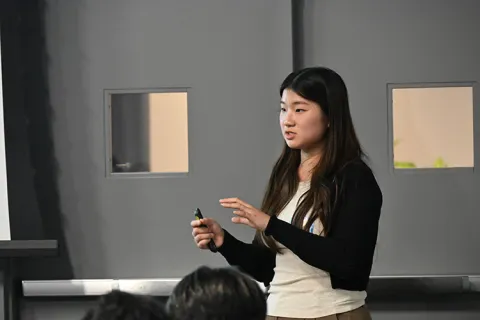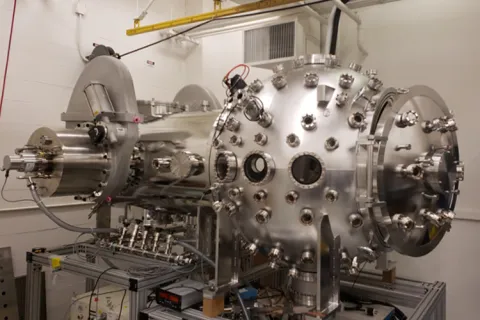We lead plasma science research, the fundamental study of the fourth state of matter for applications in fusion, deep space propulsion and space science.
Our labs boast some of the most innovative approaches to this challenge. The Z-pinch process uses an electric current to magnetically confine, compress, and heat a long cylinder of flowing plasma. By eliminating the need for magnetic field coils, this design suggests that fusion power can be harnessed in a low-mass system that would be far more accessible, cost-effective, and versatile than previously imagined. The SPACE Lab focuses on theoretical modeling and innovative experiment design to explore the plasma physics of electric thrusters and other space technologies.


Key research areas
- Computational Plasma Dynamics
- Fusion Energy
- Finite Element Methods
- Electric / Space Propulsion
- Plasma Physics and Science
- Small Satellites and Space Systems
Associated faculty
Research highlights
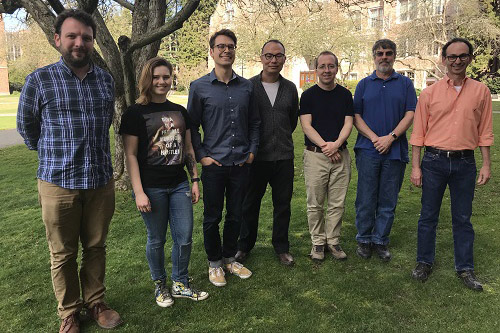
FuZE Experiments
The FuZE Lab measured a sustained nuclear fusion for the first time from a Z-pinch by using flows to stabilize plasma, a potential route for low-cost fusion in the future.
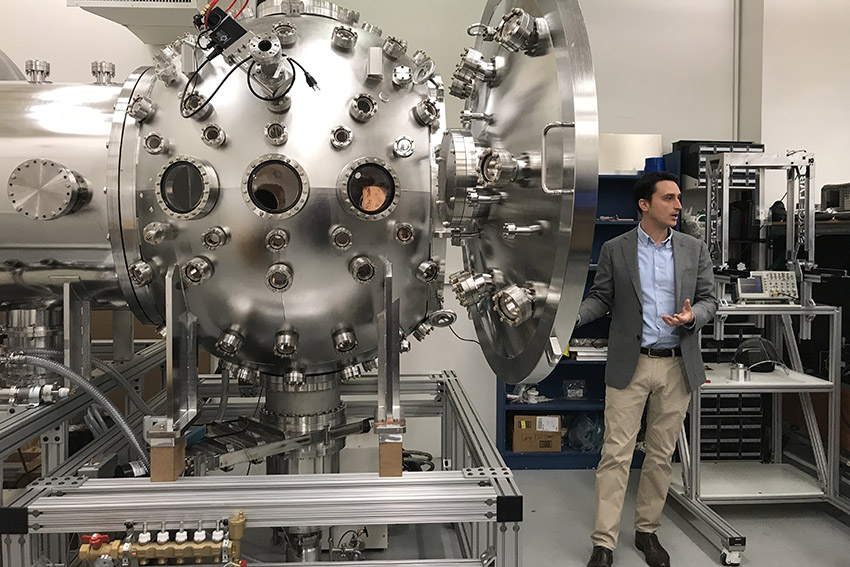
Electric propulsion systems
Collaborating with the UW eScience Institute, A&A will be applying data science methods to optimize the performance of an electric propulsion system.
Award highlights

NASA Space Technology Research Fellowship
A&A’s Charlie Kelly won a NASA Space Technology Research Fellowship for his research on “Revolutionizing Orbit Insertion with Magnetoshell Aerocapture.”

American Physical Society Fellow
Professor Uri Shumlak has been elected a Fellow of the American Physical Society for pioneering investigations of sheared flow stabilization in the Z-pinch.

